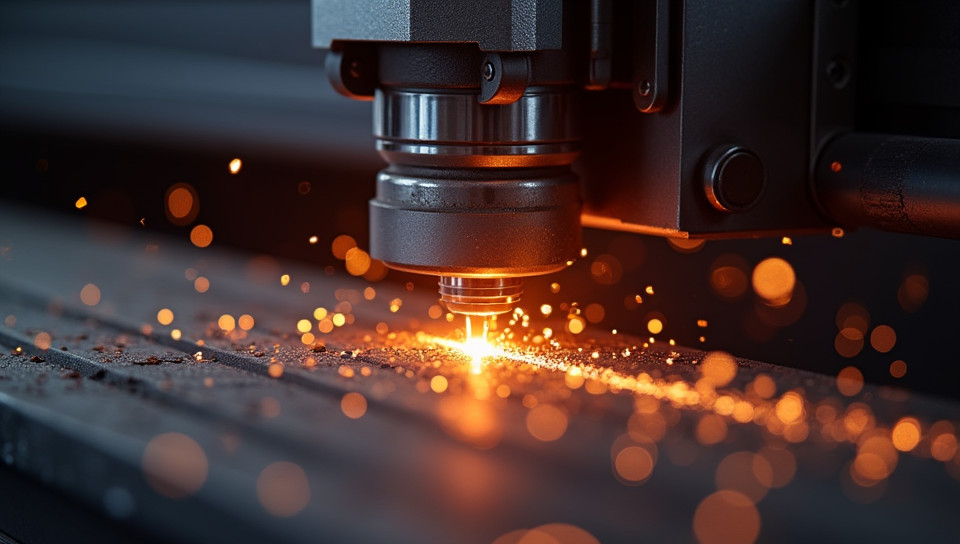High-speed laser cutting can cause heat damage to nearby materials 61%

High-Speed Laser Cutting: A Double-Edged Sword
High-speed laser cutting has revolutionized the manufacturing industry, offering unparalleled precision and speed in cutting through various materials. However, this technology also poses significant risks to nearby materials, which can suffer from heat damage due to the intense energy released during the cutting process.
What is High-Speed Laser Cutting?
High-speed laser cutting involves using a high-powered laser beam to cut through materials at incredibly fast speeds. This process requires a highly precise control system and specialized equipment to ensure accurate cuts and minimize waste. The use of high-speed laser cutting has become widespread in various industries, including aerospace, automotive, and electronics.
Heat Damage: A Hidden Risk
While high-speed laser cutting offers numerous benefits, it also carries the risk of heat damage to nearby materials. When a laser beam is focused on a material, it releases an enormous amount of energy, which can cause the surrounding area to heat up rapidly. This heat can penetrate through various materials, including metals, plastics, and composites.
Types of Heat Damage
Heat damage from high-speed laser cutting can take several forms:
- Thermal deformation
- Melting or burning of adjacent materials
- Discoloration or discoloration of nearby surfaces
- Degradation of material properties due to excessive heat exposure
Mitigating the Risks
While heat damage is a significant concern, there are steps that manufacturers and engineers can take to minimize its impact:
- Implementing proper ventilation systems to remove heat and debris from the cutting area
- Using specialized cooling systems or heat sinks to dissipate excess energy
- Selecting materials with high thermal stability or using coatings to reduce heat transfer
- Adjusting laser settings and beam parameters to minimize heat exposure
Conclusion
High-speed laser cutting is a powerful technology that offers numerous benefits, but it also carries significant risks. By understanding the potential for heat damage and implementing mitigating strategies, manufacturers and engineers can ensure safe and efficient production processes while minimizing waste and environmental impact. As the industry continues to evolve, it's essential to prioritize awareness and prevention of heat damage to nearby materials.
- Created by: Viraj Patel
- Created at: Jan. 11, 2025, 11:24 a.m.
- ID: 17632







